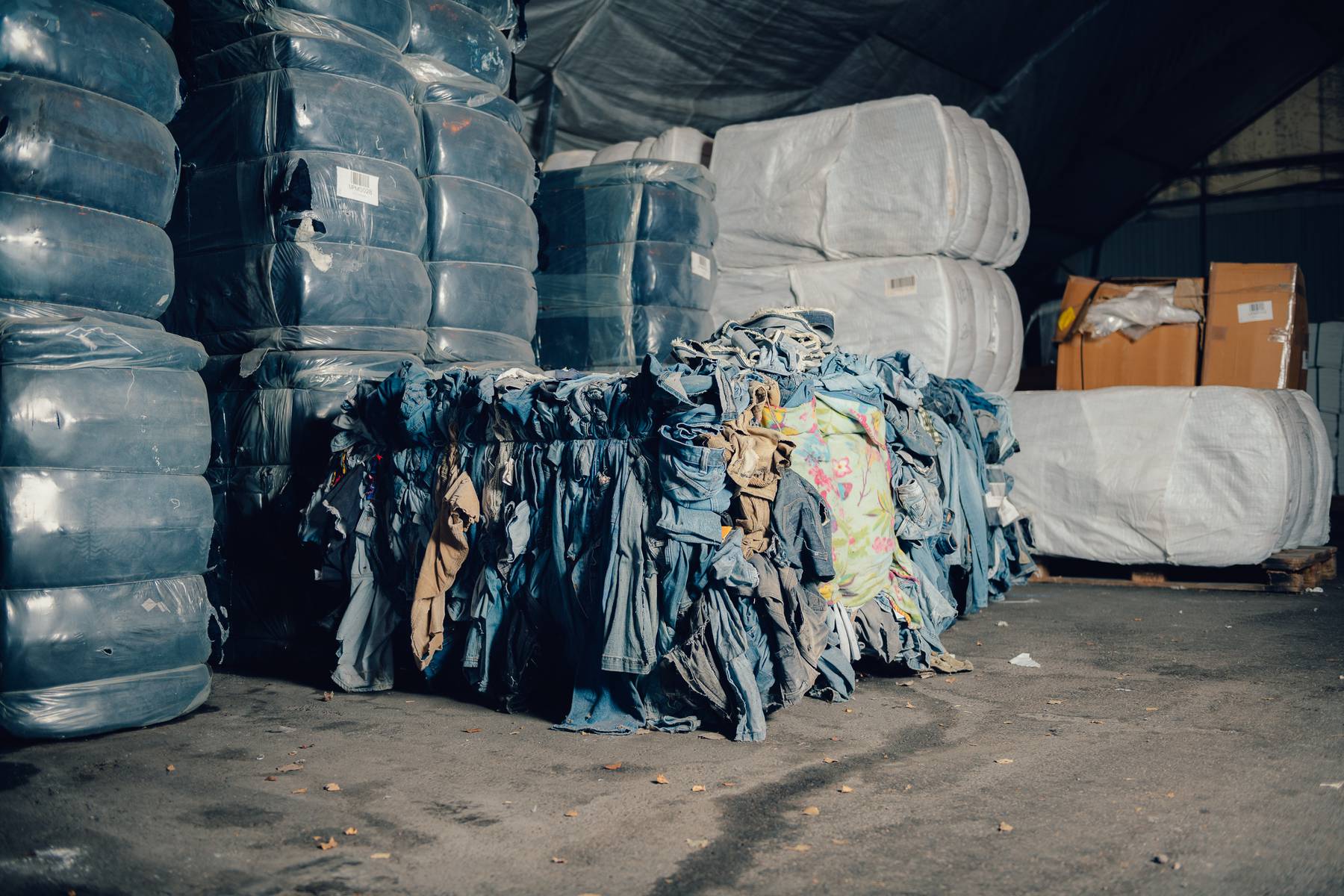
The fashion industry is upping its use of lower-impact raw materials but still not making enough progress where it counts, according to an annual report by non-profit Textile Exchange.
Material Change Index Insights report, published Monday, assesses the uptake of preferred raw materials — defined as those certified under a sustainability standard or initiative — and responsible sourcing practices across 292 brands and retailers representing an estimated $680 billion in turnover.
The report’s findings point to some positive changes: preferred materials accounted for half of all fibres used by brands in 2020 for the first time, up from 44 percent in 2019 and 36 percent in 2018. And greenhouse gas emissions associated with material production decreased 5 percent to 11.2 million tonnes of CO2 equivalent in 2020, after remaining flat for the previous two years at 11.8 million tonnes.
But this progress is at least in part due to disruptions caused by the pandemic, the report found. Slower growth tamped down emissions and the shift towards preferred materials “may well be a blip” as well, said Textile Exchange director of corporate benchmarking Liesl Truscott. Companies’ responses to the pandemic were highly polarising, with half choosing to double down on sourcing better materials and the other half cutting back, she added. “It will take a few years to see if it actually continues to be a trend,” Truscott said.
Even this tentative progress is limited. While recycled polyester now accounts for 32 percent of all polyester used by the 292 brands assessed in the report, nearly all of it comes from non-textile sources like plastic packaging from other industries. Just 6.5 percent of all recycled fibres came from textile waste in 2020, the report found. And while brands are growing their share of preferred virgin natural materials like cotton and wool, the data on the environmental impact of these efforts remains fuzzy.
The conclusions align with those of The BoF Sustainability Index 2022, which found brands’ progress towards a less extractive material mix largely rested on shifting to preferred fibres, with limited evidence of action that would support more meaningful transformation.
➔ Read the full article on Business Of Fashion
